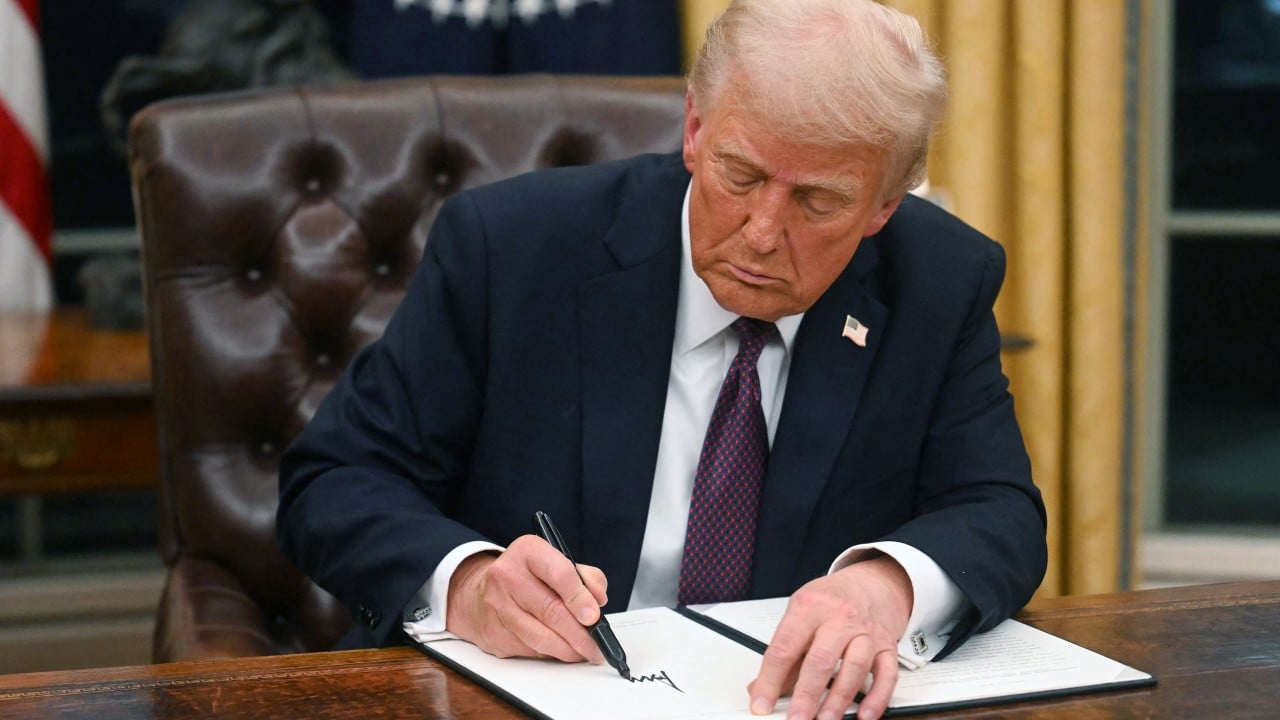US President Donald Trump and tariffs go hand in glove. On January 20, he announced the creation of the External Revenue Service to collect tariffs from foreign countries and enrich US citizens.
Advertisement
Although he did not mention China in that respect, it remains the most obvious target of such tariffs. During the presidential campaign, Trump vowed to impose tariffs as high as 60 per cent on Chinese imports. These would likely be on specific goods, whereas most Chinese goods would be more likely to see tariffs of about 20 per cent. He has also threatened to impose an additional 10 per cent tariff on Chinese goods, portraying it as a penalty on China for enabling the flow of fentanyl, a drug responsible for thousands of deaths in the United States each year.
However, China had already started reorienting its supply chains and trade relations away from the United States when Trump first imposed tariffs on Chinese exports and banned Chinese telecommunication operators. In an attempt to address the effects of US tariffs, Beijing moved to strengthen its trade and investment relations with Southeast Asia, the Middle East, Africa and Latin America through its Belt and Road Initiative and other efforts.
It is now expanding its presence and production plants in several countries across a variety of sectors, ranging from traditional industries such as oil, mining and transport to new pursuits including telecommunications, fintech and green energy. The reorientation of China’s supply chains has been to the benefit of a broad array of countries.
For example, Thailand has drawn more than US$1.4 billion in investment from Chinese carmakers. In Malaysia, Chinese firm Geely – which has a 49.9 per cent share of Malaysian carmaker Proton – has announced it will invest US$10 billion to develop an auto-making hub in Tanjung Malim in western Malaysia.
Advertisement
By using other countries as intermediaries, Chinese inputs have been integrated into products sold worldwide without their being labelled as “Made in China”. This approach helps maintain China’s export levels and strengthens its influence in important emerging economies.

